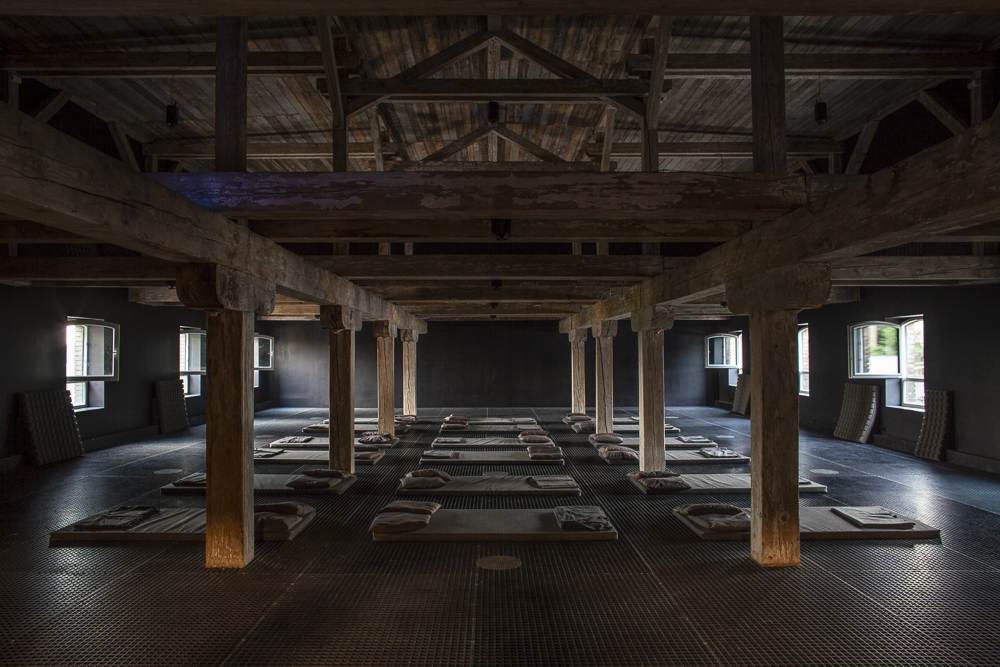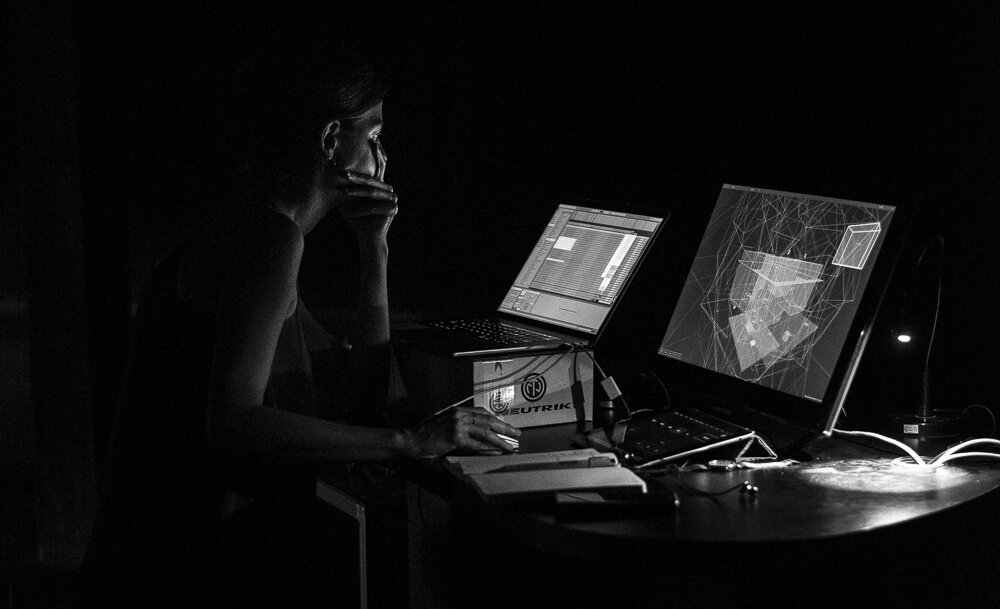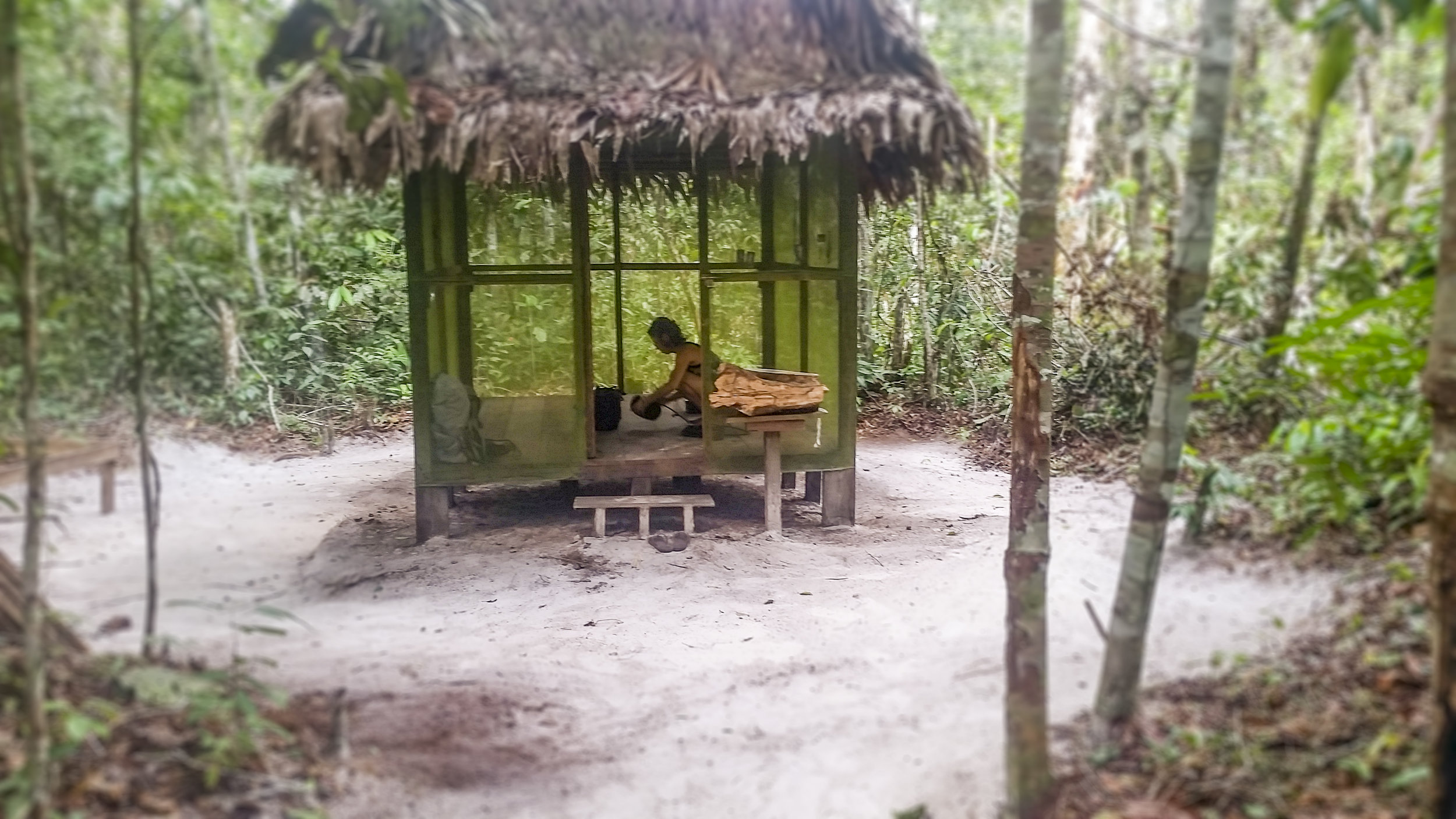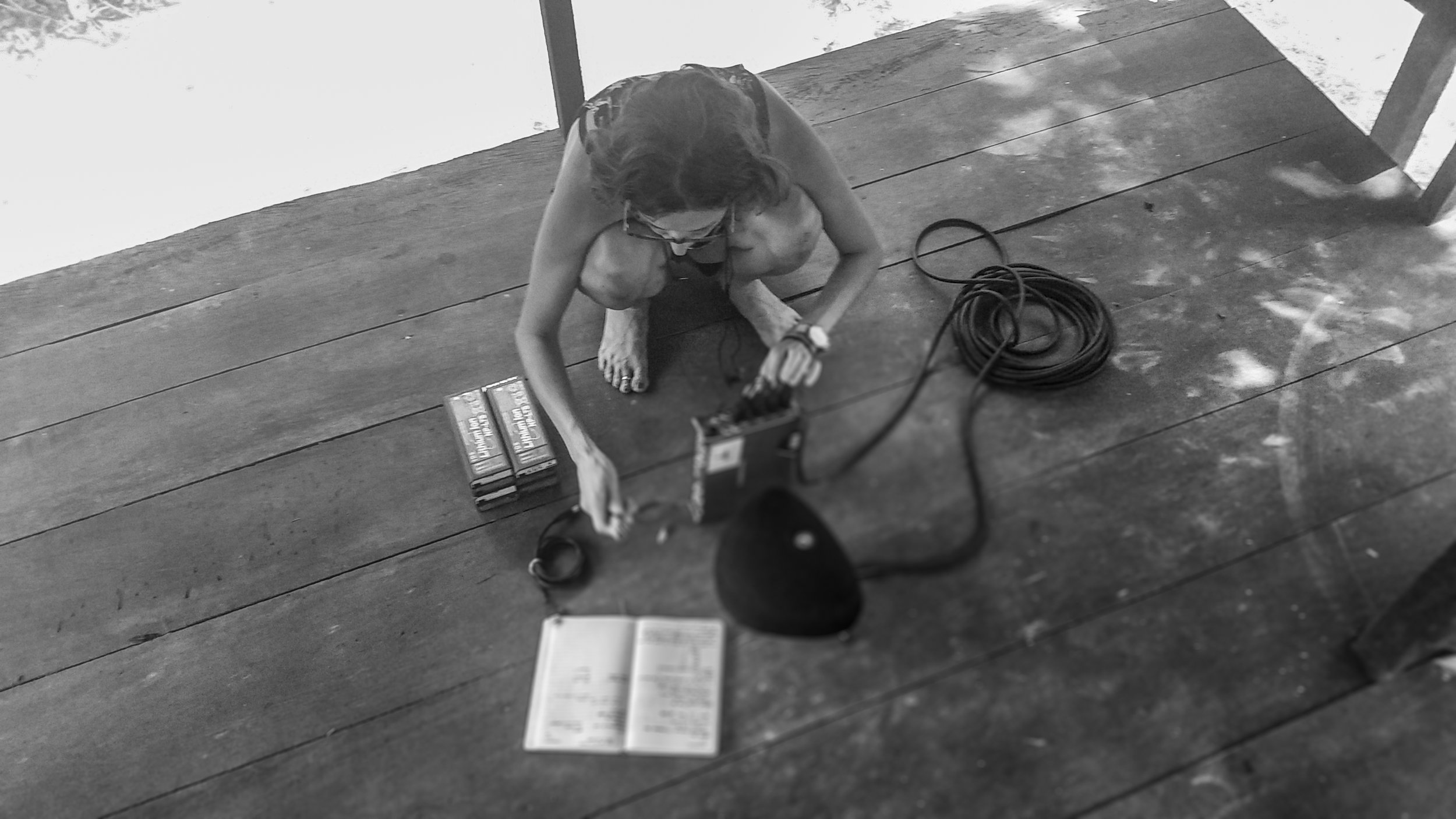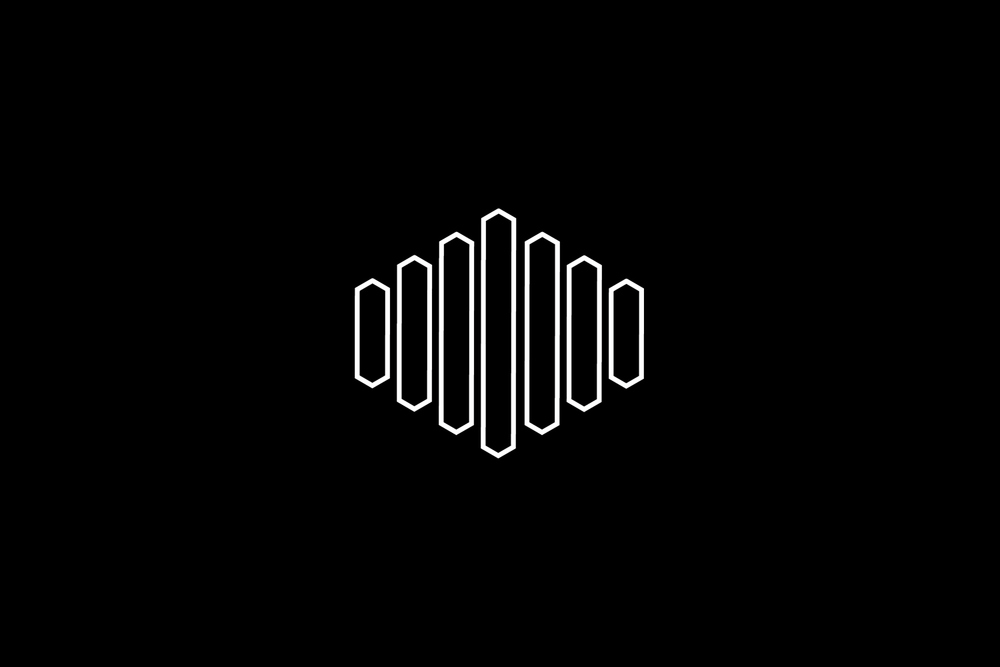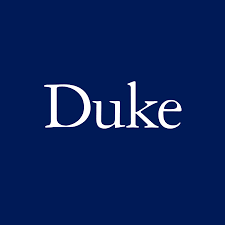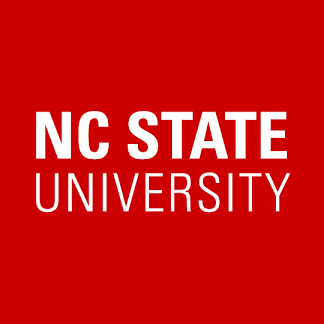photographs: Rene Roman, Pierre Jolivet and Alyssa Miserendino
ode to Heisenberg + De Maria (HDM) is an immersive and interactive sound environment. Sound, recorded in the Peruvian Amazon, is edited into a 24-hour cyclical spatialized sound environment, layered with human heartbeats. The time of day in the exhibition is synchronized to the time of day in the Amazon recording. Thus, if we arrive to experience HDM at 11:00, we are listening to 11:00 in the Amazon, with our entire body. As visitors move through the sound of the Amazon, the sound of their heartbeat follows them, via the nearest speaker, by means of a locationally tracked electrocardiogram (ECG/EKG). For instance, if one participant is on one side of the room, and a friend on the other, each would hear only their own heartbeat, but not the other’s. As each participant moves closer to one another, each heartbeat of each participant, becomes audible to both parties.
HDM utilizes loudspeakers and software (the first of its kind), that accurately reproduce the spatial information of acoustical recording - meaning one walks through a stage of sound, as there is no “sweet spot.”
Some have reported understanding non-linear time, or the infinite, for the first time, while experiencing HDM’s 24-hour, spatialized Amazon composition. No mind-altering substances or guided meditation techniques are used. People simply enter the space for as long or as little, and sleep overnight if desired.
Through HDM, I’m interested in the impact of non-linear understanding and research opportunities in health and epigenetics, via sound as an energy system for human experience and transformation - A system akin to the largest organism in the world: fungi. In other words, a system better described by Merlin Sheldrake, from Robert Macfarlane’s The Understory:
[They] annihilate our categories of gender. They reshape our ideas of community and cooperation. They screw up our hereditary model of evolutionary descent. They utterly liquidate our notions of time.
The sound field of both the Amazon composition and the sound of heartbeats from participants, can be rendered on an infinite combination of omnidirectional speakers (where sound emits from speakers in 180 degrees). The project is designed for spaces of differentiating size with low to bare minimum light levels. There is an importance in keeping the room dimly lit so that subtle energy can be experienced via sound, and our eyes can be at rest. The project is designed to accommodate up to 60 participants who wish to engage with the piece, wearing an ECG. However, choosing to enter the piece without wearing an ECG is also welcomed. Beds can be set up to allow participants to sleep in the sound environment over night.
The Amazon 24-hour composition is complete, with 21 sculptures that create the “whole” of the Amazon sound environment experience. At 15:00 there is an amazing 75-minute rainstorm that takes place which has been experienced by a group of yogi’s practicing in silence, during the piece’s test run. The sound of thunder is sent to a pillar like sculpture, in the center of the room where the size and shape is determined by me (via 4DSOUND software). When it thunders in the Amazon recording, the pillar expands and contracts with the changes in the frequency and gain of the thunder sound. This pillar is simply sound in space, nothing visible exists. Another example of one of the sound sculptures is that of the frogs that sing at night. The sound of frogs, like the thunder assigned it to its own channel, is sent to a sculpture I call the “magic carpet ride” - a two dimensional plane that sits at or below floor level, where the sound of the frogs exist at night, slowly modulating over 8 hours, at almost imperceptible movements, by a random generator, from the software. One may hear the sound of a specific bird that sits high within the sound environment, or may walk through spheres of locust that sing on opposite sides of the room. Regardless, the sound of the Amazon is experienced with the entire body as participants move through the space of 21 sculptures creating the “whole.”
The ECG hardware and software is still in production, as well as finalizing the data bank of heartbeat sounds collected by a swallowed microphone and digital stethoscope. The swallowed microphone sits just millimeters away from the human heart during recordings.
Above images:
The Spatial Sound Institute: Where the 24-hour, 21 sound sculpture of the Amazon sound was composed, and tested with participants. (Budapest, Hungry)
Alyssa Miserendino rendering the 24-hour Amazon composition at The Spatial Sound Institute via the 4DSOUND software.
4DSOUND’s Monitor visually showing the configuration of the 21 sounds sculptures, created for the 24-hour immersive experience. (pink pillar = thunder • “trill” = magic carpet ride • “LFE” = Low frequency only • “drop” = when a sound falls on the thatched tambo…etc…)
Setup for the collection of 60 hours of field recordings, from inside a tambo. (Outside the town of Llanchama, Peru)
Setup for the collection of 60 hours of field recordings, from inside a tambo. (Outside the town of Llanchama, Peru)
Heart recordings via a swallowed microphone, recorded by Rollin Weary. (Chicago, Illinois)
The piece is a tribute to Werner Heisenberg's uncertainty principle and Walter De Maria's "Ocean Music" and "Cricket Music" from the 1960's.
ode to Heisenberg + De Maria is fiscally sponsored by VAE Raleigh, a 501(c)3 nonprofit, creativity incubator. Consider sustaining the project.
This project is supported by corporate sponsorship from DPA Microphones, Sparkfun, Maxim Integrated, Rollin Weary & a scholarship funded residency at the Spatial Sound Institute. The heartbeat softwear integration is designed by Léo Roussel at ARUP. Quran Karriem & Rebecca Uliasz - both candidates in Duke Unitversity’s Computational Media, Arts & Cultures Ph.D program, have designed the ECG prototypes. The ECG’s printed circuit board (PCB) design, final software development and production is led by Michael Lim, at North Carolina State University.
Below is a documentary on spatial sound, and work created at the Spatial Sound Institute - where the Amazon portion of ode to Heisenberg + de Maria was created, from 60+ hours of field recordings.
The film connects the personal perspective of artist Ana Amorós López, re-discovering her relation to sound and listening, with 14 different projects that took place as part of the Institute’s Artists Residency Programme throughout 2018. The different protagonists in the film evoke an oscillating conversation about the meaning of sound in our world today - and how 4DSOUND technology can change our perception of sound, and relationship with listening.
A film by Ana Amorós López
With: Paul Oomen, Alyssa Miserendino, Sól Ey, Vanessa Li, Tiernan Cross, Pierre Jolivet, Ákos Nagy, Camille Roth, Rebekka Bohse Meyer, Edo Van Breemen, Kate De Lorme, Lisa Greenaway, Csaba Hajnóczy, Lenke Szilágyi, Eric Raynaud, Filip Ruisl, Gábor Pribék, Lukas Rehm, Lisa Charlotte Friederich, Jim Igor Kallenberg, John Connell
[2018 Budapest Hungary]

